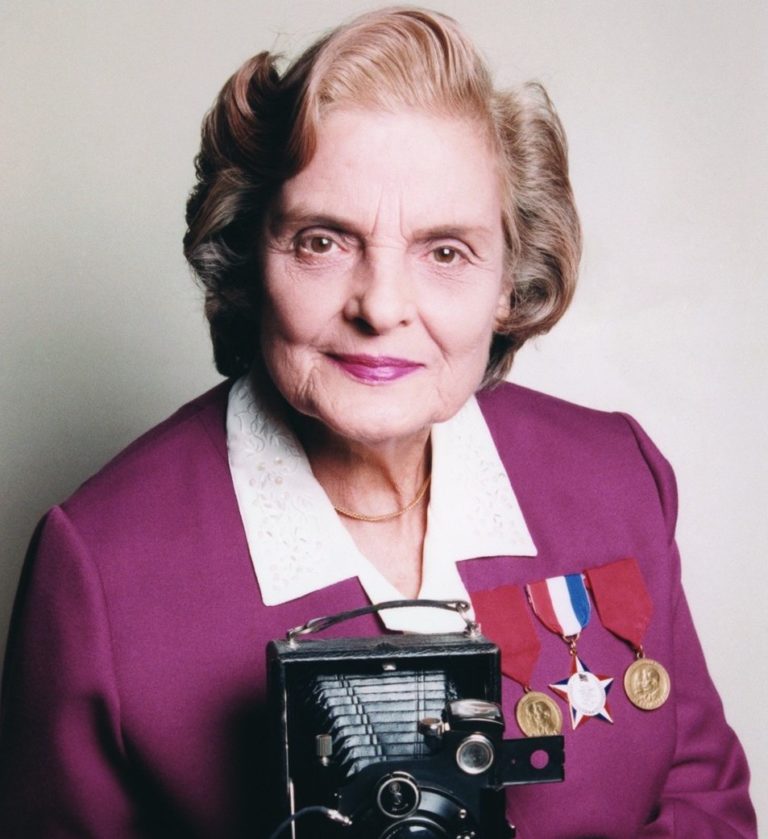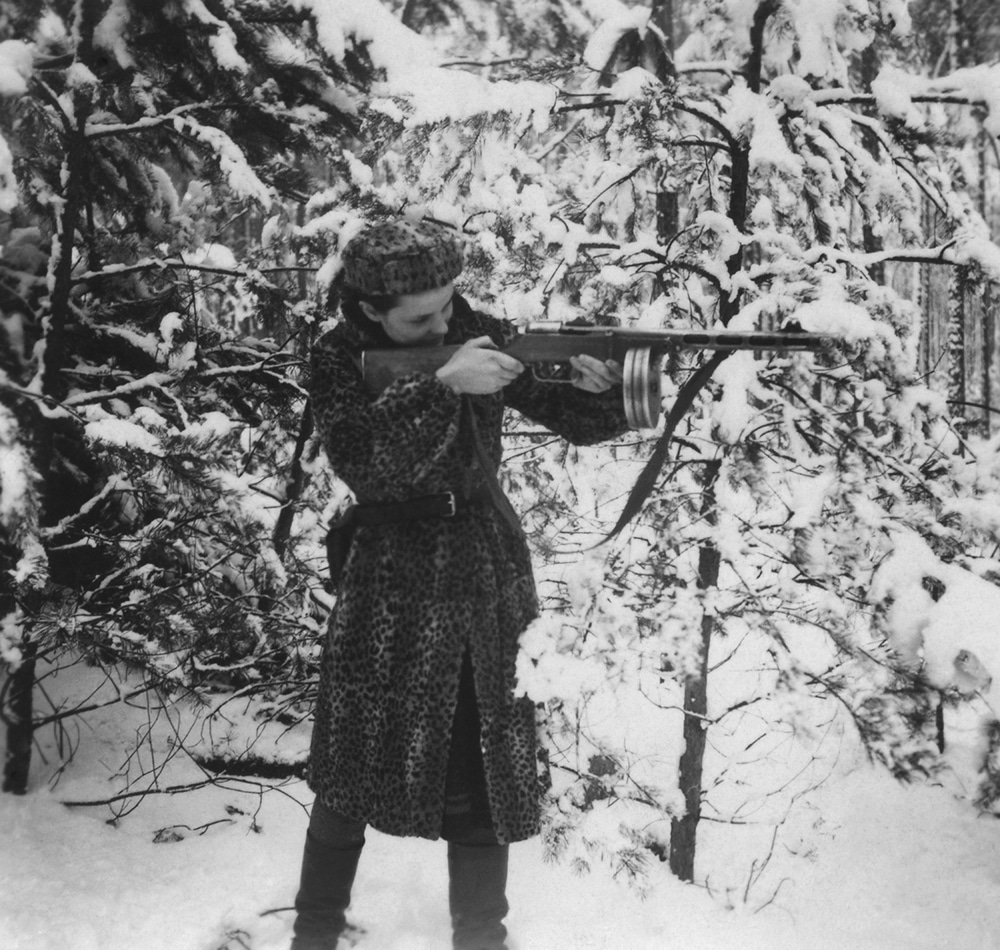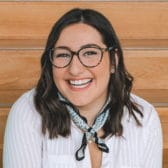
Faye Schulman, the only known Jewish partisan photographer during WWII, died on April 24th, 2021 at the age of 101.
Schulman was saved from being massacred by Nazis in Poland, forced to work as a Nazi photographer, and finally managed to escape and live in the woods as a partisan —where she was the only Jewish woman amongst a group of non-Jewish men. When she wasn’t holding a medical kit for her work as a nurse, she was one of the only people documenting life in the woods. It is because of her that today we have photographic evidence of the daily lives of Nazi resisters.
Schulman was born Faigel (Faye) Lazebnik to a large family on November 28, 1919, in Lenin, Poland. She grew up in a small town in what is now Belarus, where she learned photography from her brother Moishe and assisted him in his photography business.
Here is where she learned how to take pictures, process negatives and develop prints. She also knew a little about medicine, as her brother-in-law was a doctor.
In 1939, Russia and Germany divided Poland, and her town fell under Russian jurisdiction.
When the Nazis invaded in 1941, they forced Lenin’s 1,800 Jews into a ghetto. On August 14, 1942, the Germans killed 1,850 Jews that were placed in the ghetto from Lenin and surrounding areas. Among those murdered were Faye’s parents, sisters, and younger brother.
They spared only 26 people that day, which they deemed the ‘useful’ Jews. Among them was a tailor, a carpenter, and Faye — for her photographic abilities.
She was recruited to take pictures for the Nazis including headshots of Nazi officials and portraits of their mistresses.
One day, she developed a photograph that was clearly a mass grave of Jews who had been killed. Peering closely at the print, she recognized her own family.
Secretly, she made a copy of the photo for her own records. It was this moment when Faye decided to join the resistance movement.
During a partisan raid, she fled to the forests and joined the Molotava Brigade, a partisan group made mostly of escaped Soviet Red Army prisoners of war.

Taken Winter 1943 [Source: A Partisan’s Memoir, Second Story Press, p. 115]
The group was mostly men and overwhelmingly non-Jews. Although they were skeptical to accept a woman, they took her in because her brother-in-law had been a doctor and they were desperate for anyone who knew anything about medicine. The camp’s doctor was a veterinarian, according to the US Holocaust Memorial Museum.
Faye served the group as a nurse from September 1942 to July 1944, even though she had no real previous medical experience.
During a raid on Lenin, Faye succeeded in recovering her old photographic equipment. During the next two years, she took over a hundred photographs, developing the medium format negatives under blankets and making “sun prints” during the day.
On missions, Faye buried the camera and tripod to keep it safe.
“This camera was buried in the ground many times when I was in the partisans. All my pictures that I took were all with this particular camera,” she said in an interview. “I would never like to part [with it] as long as I live. It has so many memories and so many stories… this camera have seen everything.”
Her photos show a rare side of partisan activity. One is a funeral scene where two Jewish partisans are being buried alongside Russian partisans, despite the intense antisemitism in the group. In another image, Schulman and three young Jewish men smile joyously after an unexpected reunion in the forest—each believing that the other had been killed.
“I want people to know there was resistance,” Faye said in an interview.
“Jewish people didn’t go like sheep to the slaughter … I was a photographer. I have pictures. I have proof.”
She is the only known Jewish partisan photographer.
After liberation, Faye rejoiced when she found her brother Moishe alive. He had also escaped the Nazis and joined a different partisan group. Faye married his friend and fellow partisan, Morris Schulman.

Faye and Morris enjoyed a prosperous life as decorated Soviet partisans, but wanted to leave Pinsk, Poland, which reminded them of a “graveyard”. Morris and Faye lived in the Landsberg displaced persons camp in Germany for the next three years.
Schulman possessed heaps of photos and negatives, but since she and her husband could take very little with them to the displaced persons camp, Faye selected only her favorites.
Together, Faye and Morris helped to smuggle weapons to support Israeli independence (via the Landsberg displaced persons camp).
They immigrated to Canada in 1948 and lived in Toronto where they opened a successful family business and raised two children.
In 1995, when she was already in her seventies, Faye wrote “A Partisan’s Memoir: Woman of the Holocaust” a book chronicling her story.
Her courage has been recognized by multiple governments, her photos remain a legacy at the Partisan Museum in California, she appeared in several documentaries, and she spoke to thousands of students of all ages.
Faye is survived by her two children, six grandchildren, and three great-grandchildren. May her memory be forever a blessing.
For more photos, videos and information on the life of Faye Schulman, visit the Jewish Partisan Educational Foundation
Originally Published Apr 28, 2021 02:08PM EDT
